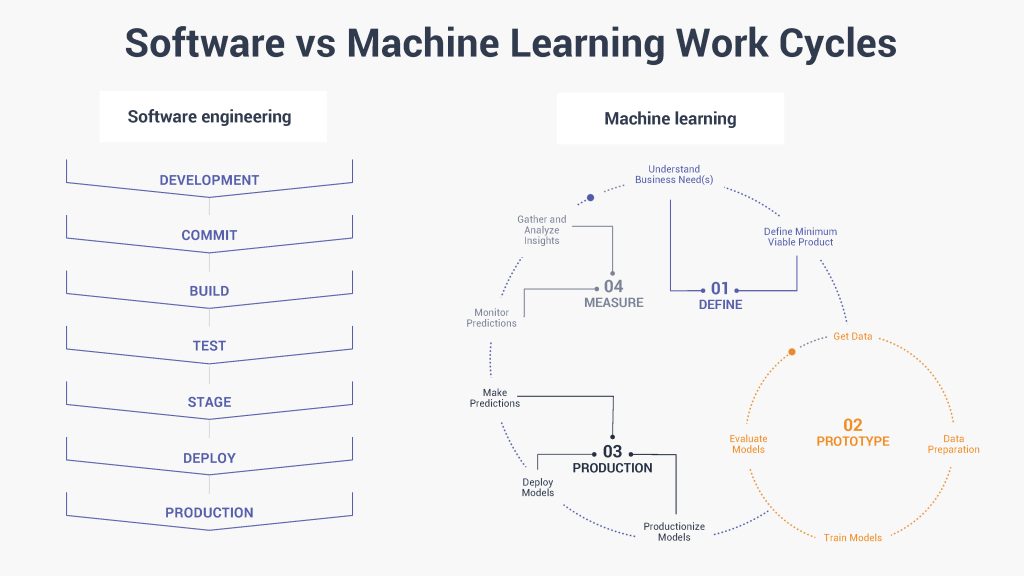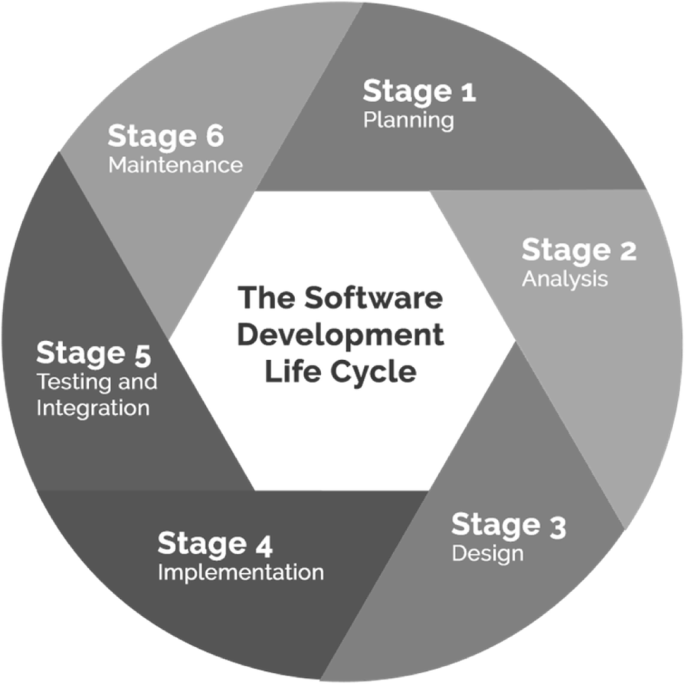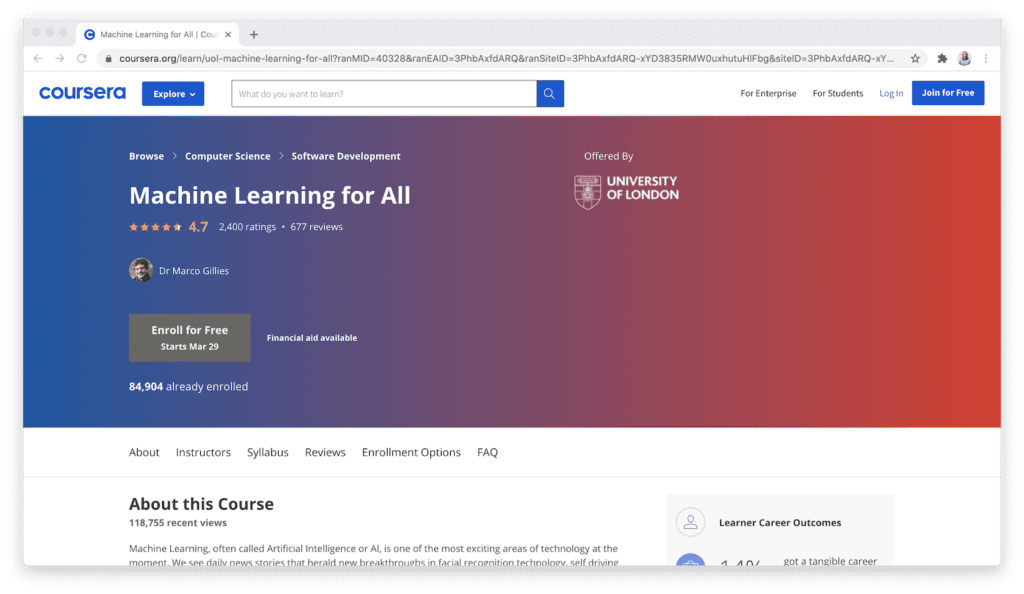All Categories
Featured
Table of Contents
- – The 10-Minute Rule for Machine Learning Bootca...
- – Not known Details About Machine Learning Bootc...
- – The Best Guide To Machine Learning Engineer: ...
- – How To Become A Machine Learning Engineer Fun...
- – The Of How To Become A Machine Learning Engi...
- – Machine Learning (Ml) & Artificial Intellige...
You probably know Santiago from his Twitter. On Twitter, daily, he shares a great deal of useful features of device understanding. Thanks, Santiago, for joining us today. Welcome. (2:39) Santiago: Thanks for inviting me. (3:16) Alexey: Before we go right into our major topic of relocating from software program engineering to artificial intelligence, maybe we can start with your background.
I began as a software developer. I mosted likely to university, obtained a computer technology level, and I began developing software program. I think it was 2015 when I chose to go for a Master's in computer science. Back after that, I had no concept concerning artificial intelligence. I didn't have any type of passion in it.
I know you've been utilizing the term "transitioning from software design to artificial intelligence". I such as the term "contributing to my capability the artificial intelligence abilities" much more because I assume if you're a software program designer, you are already providing a great deal of worth. By including machine discovering now, you're increasing the effect that you can have on the sector.
Alexey: This comes back to one of your tweets or possibly it was from your training course when you contrast two strategies to discovering. In this situation, it was some issue from Kaggle regarding this Titanic dataset, and you simply learn exactly how to resolve this issue making use of a particular device, like decision trees from SciKit Learn.
The 10-Minute Rule for Machine Learning Bootcamp: Build An Ml Portfolio
You initially find out mathematics, or direct algebra, calculus. When you know the mathematics, you go to equipment discovering theory and you discover the theory.
If I have an electric outlet right here that I need changing, I don't desire to go to university, invest 4 years comprehending the math behind power and the physics and all of that, simply to alter an electrical outlet. I prefer to start with the outlet and find a YouTube video clip that helps me experience the problem.
Santiago: I truly like the concept of starting with an issue, trying to toss out what I recognize up to that problem and understand why it does not work. Order the devices that I require to fix that problem and begin excavating much deeper and deeper and deeper from that point on.
That's what I typically suggest. Alexey: Perhaps we can chat a little bit about discovering resources. You stated in Kaggle there is an introduction tutorial, where you can obtain and discover exactly how to choose trees. At the beginning, prior to we began this interview, you stated a couple of books.
The only requirement for that program is that you understand a little bit of Python. If you go to my account, the tweet that's going to be on the top, the one that claims "pinned tweet".
Not known Details About Machine Learning Bootcamp: Build An Ml Portfolio

Also if you're not a programmer, you can start with Python and work your method to even more artificial intelligence. This roadmap is concentrated on Coursera, which is a system that I really, actually like. You can investigate every one of the training courses totally free or you can spend for the Coursera membership to get certificates if you wish to.
To make sure that's what I would certainly do. Alexey: This returns to one of your tweets or perhaps it was from your program when you contrast 2 techniques to knowing. One approach is the trouble based strategy, which you just discussed. You discover a problem. In this situation, it was some problem from Kaggle regarding this Titanic dataset, and you simply find out how to solve this trouble utilizing a certain tool, like choice trees from SciKit Learn.

You initially learn mathematics, or straight algebra, calculus. Then when you understand the mathematics, you most likely to artificial intelligence concept and you find out the theory. After that 4 years later on, you lastly involve applications, "Okay, exactly how do I utilize all these four years of mathematics to address this Titanic problem?" ? In the previous, you kind of conserve yourself some time, I assume.
If I have an electric outlet right here that I require changing, I don't desire to go to college, invest four years understanding the math behind power and the physics and all of that, just to alter an outlet. I prefer to begin with the electrical outlet and discover a YouTube video that assists me experience the trouble.
Poor analogy. However you get the idea, right? (27:22) Santiago: I truly like the idea of starting with a trouble, attempting to toss out what I understand up to that trouble and comprehend why it does not function. Order the tools that I require to fix that trouble and start excavating deeper and deeper and deeper from that point on.
Alexey: Maybe we can talk a bit about discovering sources. You stated in Kaggle there is an introduction tutorial, where you can obtain and learn how to make choice trees.
The Best Guide To Machine Learning Engineer: A Highly Demanded Career ...
The only need for that course is that you know a little bit of Python. If you go to my profile, the tweet that's going to be on the top, the one that claims "pinned tweet".
Also if you're not a developer, you can start with Python and work your way to more artificial intelligence. This roadmap is concentrated on Coursera, which is a platform that I really, really like. You can audit all of the programs absolutely free or you can pay for the Coursera membership to get certificates if you intend to.
How To Become A Machine Learning Engineer Fundamentals Explained
Alexey: This comes back to one of your tweets or maybe it was from your training course when you compare 2 approaches to discovering. In this instance, it was some trouble from Kaggle about this Titanic dataset, and you just discover exactly how to resolve this trouble utilizing a details device, like choice trees from SciKit Learn.

You first discover mathematics, or direct algebra, calculus. When you recognize the mathematics, you go to equipment understanding theory and you discover the concept.
If I have an electrical outlet right here that I require changing, I do not desire to go to university, spend 4 years comprehending the math behind electrical energy and the physics and all of that, just to change an electrical outlet. I would certainly instead start with the outlet and find a YouTube video clip that aids me experience the trouble.
Santiago: I really like the concept of starting with an issue, attempting to throw out what I recognize up to that issue and understand why it does not function. Get hold of the tools that I need to fix that problem and start digging much deeper and deeper and deeper from that factor on.
Alexey: Possibly we can speak a little bit about discovering sources. You mentioned in Kaggle there is an intro tutorial, where you can get and discover just how to make choice trees.
The Of How To Become A Machine Learning Engineer In 2025
The only need for that training course is that you understand a little bit of Python. If you're a developer, that's a great starting factor. (38:48) Santiago: If you're not a programmer, then I do have a pin on my Twitter account. If you most likely to my profile, the tweet that's going to be on the top, the one that states "pinned tweet".
Even if you're not a designer, you can start with Python and work your method to more device understanding. This roadmap is focused on Coursera, which is a system that I truly, truly like. You can audit every one of the courses free of charge or you can spend for the Coursera subscription to get certifications if you intend to.
Alexey: This comes back to one of your tweets or perhaps it was from your program when you compare two approaches to learning. In this instance, it was some trouble from Kaggle concerning this Titanic dataset, and you simply learn just how to solve this problem making use of a certain device, like choice trees from SciKit Learn.
You initially discover mathematics, or direct algebra, calculus. After that when you understand the math, you most likely to artificial intelligence concept and you learn the theory. Four years later on, you finally come to applications, "Okay, just how do I use all these four years of mathematics to fix this Titanic trouble?" Right? In the former, you kind of save yourself some time, I believe.
Machine Learning (Ml) & Artificial Intelligence (Ai) Can Be Fun For Anyone
If I have an electrical outlet below that I need replacing, I don't desire to most likely to college, spend four years recognizing the math behind electrical power and the physics and all of that, just to transform an outlet. I prefer to begin with the electrical outlet and locate a YouTube video clip that assists me go through the trouble.
Bad analogy. You get the concept? (27:22) Santiago: I actually like the concept of starting with a trouble, attempting to throw out what I understand approximately that problem and recognize why it doesn't work. Get hold of the devices that I need to address that trouble and begin digging much deeper and deeper and much deeper from that factor on.

That's what I typically advise. Alexey: Maybe we can speak a bit about learning resources. You mentioned in Kaggle there is an intro tutorial, where you can get and find out exactly how to make decision trees. At the beginning, before we began this interview, you pointed out a pair of books.
The only need for that program is that you understand a little bit of Python. If you go to my account, the tweet that's going to be on the top, the one that says "pinned tweet".
Also if you're not a developer, you can start with Python and function your means to more artificial intelligence. This roadmap is concentrated on Coursera, which is a system that I truly, actually like. You can investigate every one of the training courses free of charge or you can pay for the Coursera membership to get certifications if you intend to.
Table of Contents
- – The 10-Minute Rule for Machine Learning Bootca...
- – Not known Details About Machine Learning Bootc...
- – The Best Guide To Machine Learning Engineer: ...
- – How To Become A Machine Learning Engineer Fun...
- – The Of How To Become A Machine Learning Engi...
- – Machine Learning (Ml) & Artificial Intellige...
Latest Posts
The Ultimate Software Engineering Interview Checklist – Preparation Guide
Apple Software Engineer Interview Process – What You Need To Know
The Best Websites For Practicing Data Science Interview Questions
More
Latest Posts
The Ultimate Software Engineering Interview Checklist – Preparation Guide
Apple Software Engineer Interview Process – What You Need To Know
The Best Websites For Practicing Data Science Interview Questions